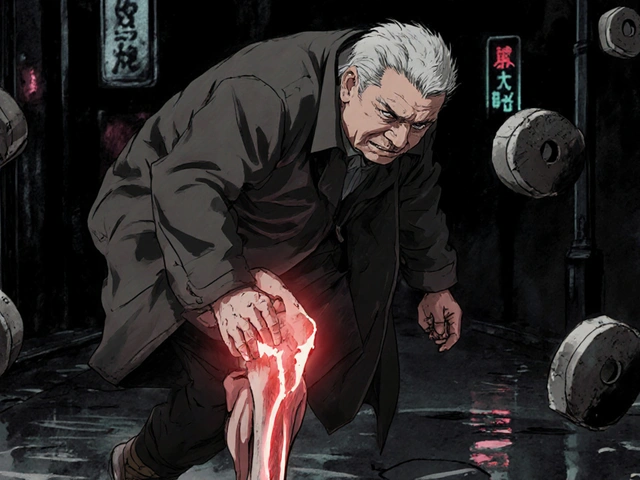Central Cranial Diabetes Insipidus – What It Is and How to Manage It
If you’ve ever been told you have "central cranial diabetes insipidus" (CDI), you might wonder why the name sounds like a tongue‑twister. In plain English, CDI is a condition where your brain’s pituitary gland can’t release enough antidiuretic hormone (ADH). Without ADH, your kidneys let too much water out, so you end up drinking and peeing more than usual.
The most common sign is excessive thirst that doesn’t quit even after you drink a lot. You’ll also notice frequent urination – sometimes 3‑4 liters a day or more. If left untreated, the constant fluid loss can lead to dehydration, low blood pressure, and in severe cases, confusion.
What Triggers Central Cranial Diabetes Insipidus?
CDI usually starts because something damages the part of the brain that makes ADH. The usual culprits are head injuries, tumors near the pituitary, infections like meningitis, or surgery around the hypothalamus. In rare cases, genetics can play a role, especially in families with known mutations.
Because the cause matters for treatment, doctors often order an MRI to see if there’s a tumor or scar tissue pressing on the pituitary. Blood tests and a water‑deprivation test help confirm that low ADH is the problem rather than another kidney issue.
How Do You Treat It?
The good news is CDI can be controlled with medication. The standard drug is desmopressin (DDAVP), a synthetic version of ADH. Desmopressin comes as a nasal spray, oral tablet, or melt‑away tablet that you put under your tongue. Most people find the dose that stops excessive urination without causing water retention.
Beyond meds, staying on top of fluid intake is key. Track how much you drink and pee each day; many apps let you log this easily. If you’re an athlete or live in a hot climate, you’ll need extra water because sweat adds to the loss. If your CDI stems from a tumor, surgery or radiation may be needed to remove the source of the problem. In those cases, doctors might adjust desmopressin doses after treatment.
Regular follow‑ups matter. Your doctor will check blood sodium levels and kidney function to make sure you’re not over‑correcting. Some people experience “breakthrough” thirst or pee if they miss a dose – keep a spare bottle of medication handy.
Living with CDI isn’t life‑changing when you understand the basics: take your medicine, monitor fluids, and see your doctor for routine labs. Most folks get back to work, school, or sports without missing a beat.
If you’ve just been diagnosed, ask your provider about the best form of desmopressin for you, how often to test your water balance, and what warning signs (like severe headache or sudden dizziness) should prompt an urgent visit. Armed with that info, you can keep CDI under control and stay hydrated on your terms.
Diagnosing Central Cranial Diabetes Insipidus: Tests and Procedures
In my recent exploration of the tests and procedures involved in diagnosing Central Cranial Diabetes Insipidus, I've learned quite a bit. Initially, the diagnosis involves a physical examination and detailed medical history. But the key tests include a water deprivation test, which checks how your body responds to thirst, and urine tests to measure its concentration. Additionally, blood tests to check sodium levels and MRI scans to identify any abnormalities in the brain are also conducted. It's quite a complex process, but essential to accurately diagnose this condition.
About
Health and Medicine
Latest Posts


Discover the Amazing Health Benefits of Albizia: Your New Go-To Dietary Supplement
By Orion Kingsworth May 11, 2023

Amoeba Infections 2025: Clinical Guide for Healthcare Professionals (Diagnosis, Treatment, Prevention)
By Orion Kingsworth Sep 4, 2025

How azithromycin can help treat melioidosis
By Orion Kingsworth Jul 1, 2023
